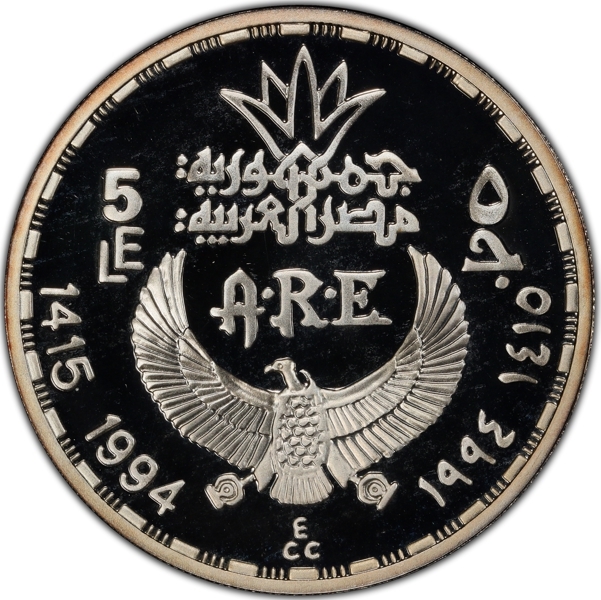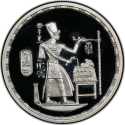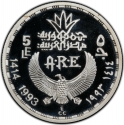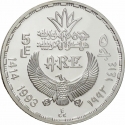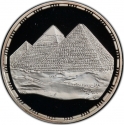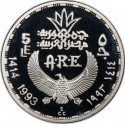You are about to finish your registration. Please check your mailbox (including spam folder). There should be a letter with a confirmation link. Check setting to make sure that your e-mail address is correct.
Send letter againDescription
Akhenaten also spelled Echnaton, Akhenaton, (Ancient Egyptian: meaning "Effective for the Aten"), was an ancient Egyptian pharaoh reigning c. 1353–1336 or 1351–1334 BC, the tenth ruler of the Eighteenth Dynasty. Before the fifth year of his reign, he was known as Amenhotep IV (Ancient Egyptian: meaning "Amun is satisfied", Hellenized as Amenophis IV).
As a pharaoh, Akhenaten is noted for abandoning Egypt's traditional polytheism and introducing Atenism, or worship centered around Aten. The views of Egyptologists differ as to whether the religious policy was absolutely monotheistic, or whether it was monolatry, syncretistic, or henotheistic. This culture shift away from traditional religion was reversed after his death. Akhenaten's monuments were dismantled and hidden, his statues were destroyed, and his name excluded from lists of rulers compiled by later pharaohs. Traditional religious practice was gradually restored, notably under his close successor Tutankhamun, who changed his name from Tutankhaten early in his reign. When some dozen years later, rulers without clear rights of succession from the Eighteenth Dynasty founded a new dynasty, they discredited Akhenaten and his immediate successors and referred to Akhenaten as "the enemy" or "that criminal" in archival records.
Obverse

|
Depicts a statue of standing Akhenaten (ca. 1353-1336 BC, sandstone, from the Temple of Aten, Karnak, now in the Egyptian Museum, Cairo) wearing the Double Crown of Upper and Lower Egypt, as well as the Khat-headdress with a royal uraeus. In his hands, he holds symbols of power and authority (mace and ankh). His features are presented in the typical style of the period, with narrow slanting eyes, a long thin face, and thick lips. |
|---|---|
Reverse

|
Stylized state name (Arab Republic of Egypt) divides denomination in Arabic and English and abbreviation of state name (A.R.E.) below, the date in Arabic (Hijri) and Western (Georgian) divides by a vulture with open wings. Engraver's initials (ECC) below. 5 ٥ جمهورية مصر العربية |
| Edge |
5 Pounds
Pharaonic Treasure / Ancient Egyptian Art
Pharaoh Akhenaten
Subscribe series
KM# 799
Pharaonic Treasure / Ancient Egyptian Art
Pharaoh Akhenaten

